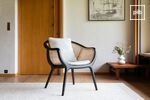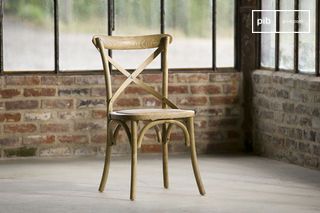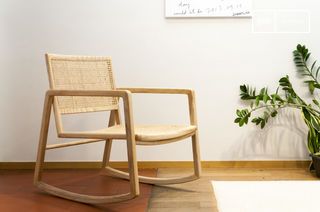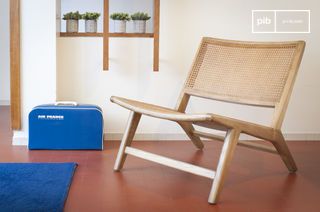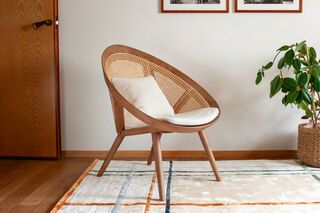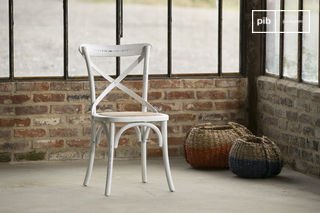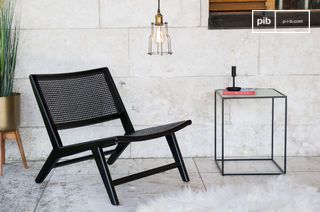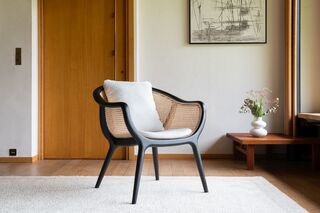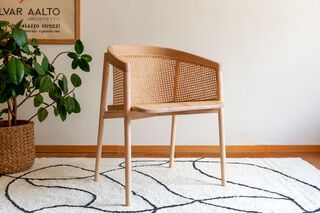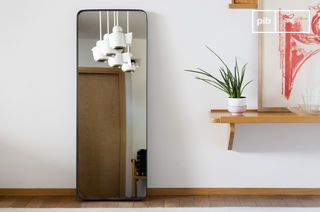Rattan
The Rattan category brings together furniture pieces made from woven or bent natural fibers. Rattan, harvested in the form of solid lianas, can be used to create lightweight yet stable structures. Used for seats, backrests and bases, the material retains a visible readability between regularity and irregularity. Braiding or bending reveals tensions and lines of force. This material blends into sober arrangements, providing a continuous, supple and airy weave. read more >
Filters

Yellow bistro chairPampelune
€125 €100-20%
Salon Days
Exclusive discounts up to -30% for 2 weeks.
Offer valid while stocks last.

Rattan as a natural structural material
Rattan is a fiber extracted from certain species of climbing palms, mainly of Asian origin. Its long, flexible, solid stem enables furniture to be made without the need for internal structures. It can be hot-bent, tied or screwed directly onto wood supports. Rattan offers sufficient stability for seats, backrests, bases, headboards or light partitions. Its dense internal structure enables it to retain its shape without major deformation under normal use.
Visual effects and material perception
Visually, rattan introduces a continuous weave, often regular but never totally homogeneous. Braids (cross, spiral, radiating) give rhythm to the surface without saturating it. Visible curves and junctions reveal the manufacturing technique. This type of reading accentuates the handcrafted presence of the object, with no added decorative effect. In natural light, rattan diffuses soft reflections on its curved areas. Depending on the diameter of the strands and the density of the weave, the surface appears more or less openwork, which modifies the perception of volumes in a space.
Usage, care and possible associations
Rattan is suited to dry rooms, with little exposure to humidity or sudden thermal variations. Indoors, it is mainly used for light or occasional furniture: armchairs, stools, consoles, decorative partitions. Maintenance consists of regular dusting and, if necessary, cleaning with a damp, slightly soapy cloth. Rattan goes well with raw materials such as light-colored wood, matte textiles or fine metallic finishes. It introduces a supple line into a layout dominated by rigid shapes. Its use must be punctuated with precision to avoid a repetitive or thematic effect.
The *Rotin* category brings together furniture where the material is not hidden. It serves as structure, pattern and surface all at once. This furniture blends into sober spaces by contrast or extension, emphasizing curved lines and partial transparency.
The *Rotin* category brings together furniture where material is not hidden
